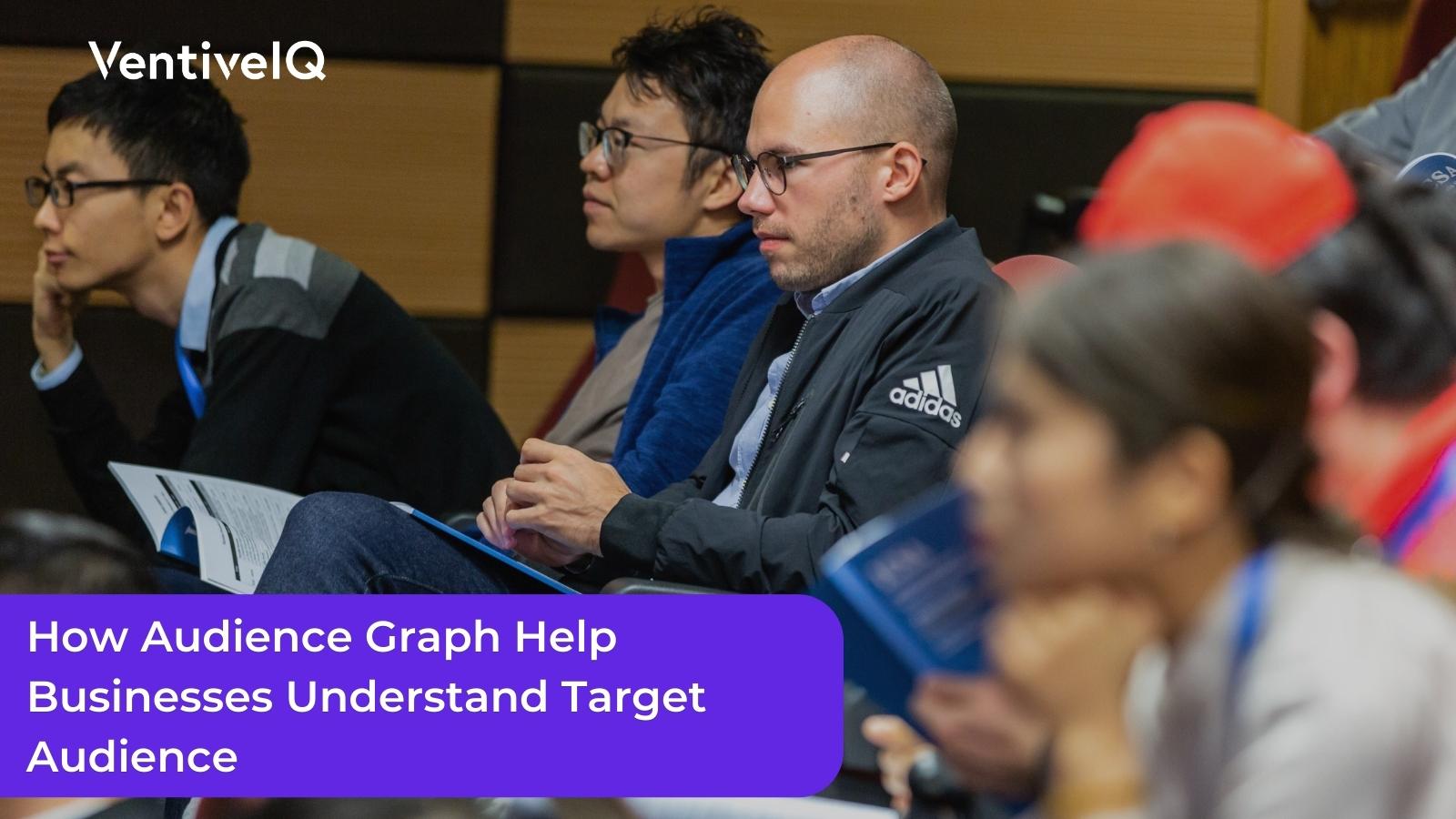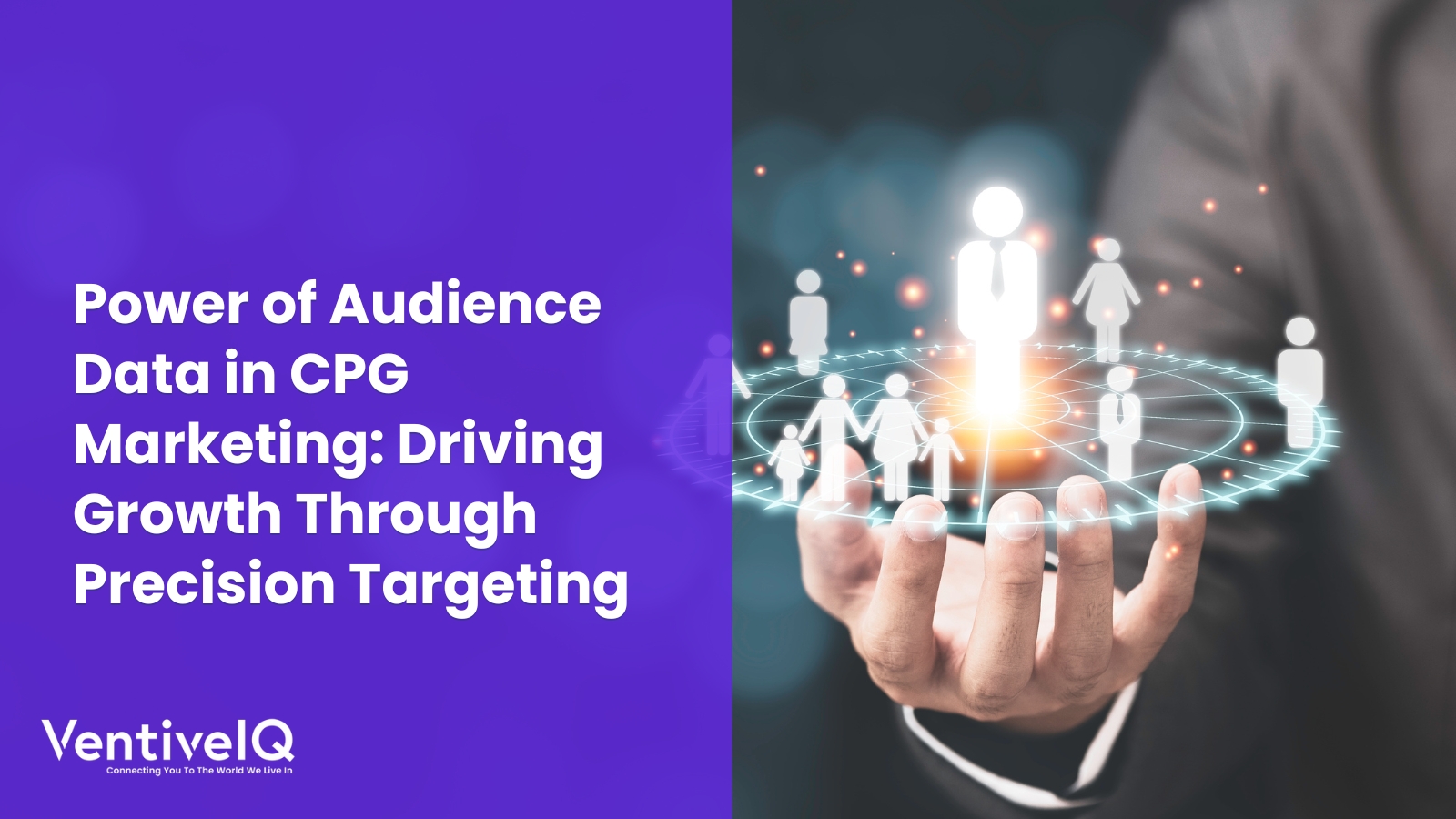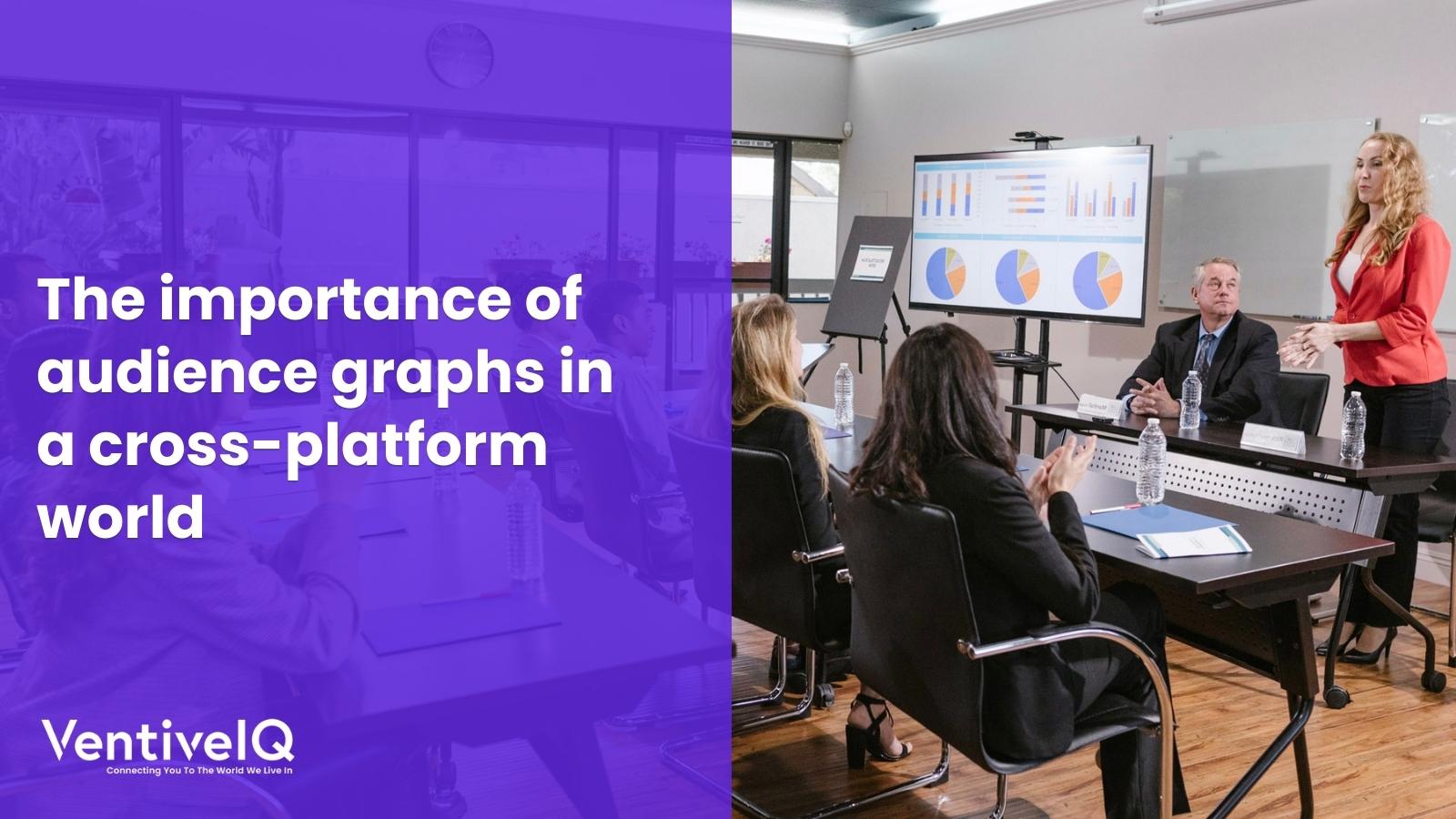In today’s rapidly evolving digital landscape, understanding one’s target audience has become more important than ever. Businesses can no longer rely on generic marketing campaigns or broad-based assumptions about their audience to drive success. Instead, they need to get specific about who their audience is, what they care about, and how they engage with their brand. One powerful tool for achieving this level of understanding is the audience graph.
An audience graph is essentially a visual representation of your target audience. It includes detailed information about who they are, what they like, and how they behave online. By using data from social media platforms, search engines, and other online sources, businesses can create a detailed profile of their audience that can be used to guide their marketing efforts.

Audience graph can be used to answer a variety of questions about a business’s target audience, such as:
- Who is my target audience?
- What are their demographics?
- What are their interests?
- What are their behaviors?
- Where do they hang out online?
- What are their pain points?
- What are their goals?
By answering these questions, businesses can gain a deeper understanding of their target audience and create more effective marketing campaigns.
So how exactly can an audience graph help businesses understand their target audience? Let’s take a closer look.
1. Identifying Key Demographic Information
- One of the most basic benefits of an audience graph is that it can help businesses identify key demographic information about their target audience. This might include factors like age, gender, location, income, and education level. By understanding these demographic characteristics, businesses can tailor their messaging and targeting to better resonate with their audience.
- For example, if a business is trying to reach a younger demographic, it may use language and visuals that are more relatable to that age group. Alternatively, if they are trying to reach an older demographic, they may focus on more traditional marketing channels like television or print ads.
2. Discovering Audience Interests
- Beyond demographic information, an audience graph can also help businesses understand the interests and preferences of their target audience. This might include things like hobbies, favorite TV shows, and even political leanings. By understanding what their audience cares about, businesses can create content and messaging that is more engaging and relevant.
- For example, if a business discovers that its audience is particularly interested in environmental issues, it might create content focused on sustainability or partner with eco-friendly organizations to drive awareness and engagement.

3. Tracking Online Behavior
- Another key benefit of an audience graph is that it can help businesses track the online behavior of their target audience. This might include things like what websites they visit, what keywords they search for, and what social media platforms they use. By understanding how their audience behaves online, businesses can create more effective marketing campaigns that target the channels and tactics that are most likely to drive engagement.
- For example, if a business discovers that its audience spends a lot of time on Instagram, it might focus its social media marketing efforts on that platform and create content specifically tailored to that audience.
4. Predicting Future Behavior
- One of the most powerful benefits of an audience graph is that it can help businesses predict future behavior. By analyzing past behavior and trends, businesses can make educated guesses about what their audience is likely to do in the future. This can help guide marketing campaigns and even product development efforts.
- For example, if a business notices that its audience has been increasingly interested in plant-based diets, it might create a new line of vegan products to meet that demand.
5. Personalizing the Customer Experience
- Finally, an audience graph can help businesses personalize the customer experience. By understanding who their audience is and what they care about, businesses can create more tailored and personalized experiences that resonate with their customers.
- For example, if a business knows that its audience is particularly interested in a certain product or service, it might create a personalized email campaign that highlights that product or service specifically.
Top 4 Audience graph tips to understand the business target audience
As you know, an Audience graph is a powerful tool that can help businesses understand their target audience. By collecting data from a variety of sources, businesses can create a visual representation of their target audience that can be used to make better marketing decisions. Here are the top 4 tips for using an audience graph to understand your business target audience:

- Collect data from a variety of sources: The more data you collect, the more accurate your audience graph will be. Be sure to collect data from a variety of sources, including social media, website analytics, and customer surveys.
- Clean your data: Before you create your audience graph, be sure to clean your data. This means removing any errors or inconsistencies in your data.
- Visualize your data: Once you have cleaned your data, you can create your audience graph. There are a variety of tools available that can help you to create audience graphs.
- Interpret your data: Once you have created your audience graph, you can interpret the data. This will help you to better understand your target audience.
By following these tips, you can do audience analysis and use graphs to gain a deeper understanding of your target audience and create more effective marketing campaigns.
Conclusion
An audience graph is a powerful tool that can help businesses better understand their target audience. By identifying key demographic information, discovering audience interests, tracking online behavior, predicting future behavior, and personalizing the customer experience, businesses can create more effective marketing campaigns and drive greater engagement with their audience.



